The situation of orphans was first addressed by the city council in 1772 in connection with a motion, but the case did not even reach the stage of preparation for implementation. In 1799, Fidél Kasselik had already made a plan for a specific place. But the locksmith György János Gonitzy, who provided significant financial support for the orphanage and had been caring for orphans in his own house for years, and the city magistrate could not agree on a land division issue, so construction was again off the agenda.
It took another 40 years to build it. Meanwhile, Deputy Mayor János Boráros also joined the ranks of donors, when in his will he offered half of his property for noble purposes. In 1837, the Pest City Council issued a call to its citizens, in which, in addition to expressing its joy at the recovery of Palatine Joseph from a serious illness, they asked for donations to be made for the establishment of an orphanage.
According to the call, the institute would be built under the name Josephinum, for the inhabitants' “orphans of both sexes and of any religion, for the care and upbringing of them". Events then really accelerated: a committee was formed to undertake the fundraising and construction preparations, among the members was Mihály Pollack, who soon took on the task of planning, of course for free.
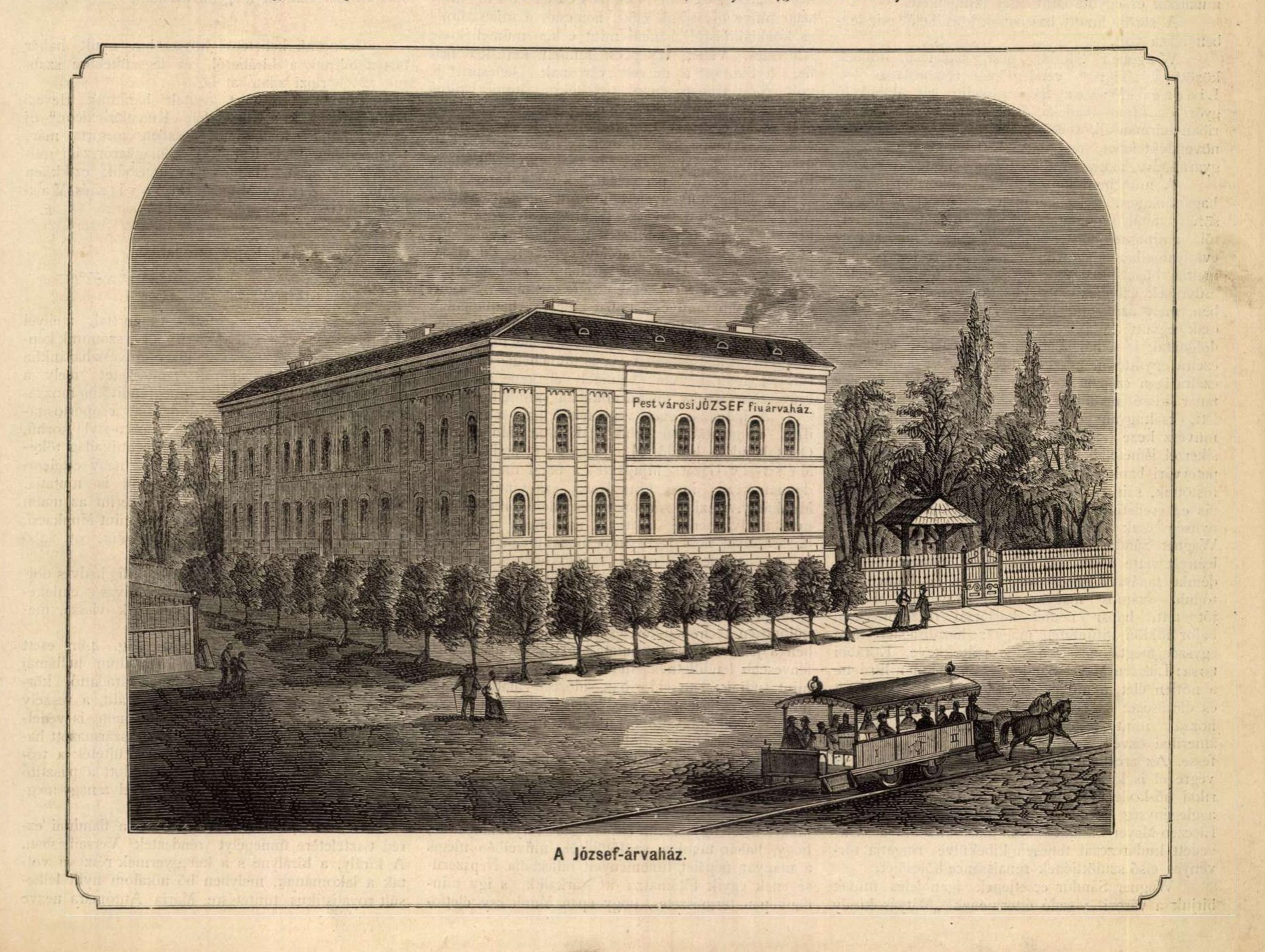
Woodcut of the Joseph Orphanage from the 14 June 1874 issue of Magyarország és a Nagyvilág
Fortunately, it didn’t take much time to select the location. At first, a 100-square-meter plot along today's Bródy Sándor Street came to mind, but in the end, the solution was Antal Festetich's garden on Üllői Road. From the plot near Ludovika, the count donated 3,675 square meters of land to the city, and this allowed the birth of an orphanage that could provide a home and free space for up to hundreds of children.
The ceremony of laying the foundation stone was held 180 years ago, on 19 June 1841. The event announced by Mayor János Tölgyesy was honored by the presence of the palatine's wife, Archduchess Mária Dorottya, and their children Hermine, József and Erzsébet.
Pollack originally envisioned a huge building on the plot bounded by today's Üllői Road- Szigony Street- Apáthy István Street- Bókay János Street. The main façade would have looked at Üllői Road, the architect would have supplemented the rectangular house with a wide courtyard and a large chapel. He would have left a good piece of Antal Festetich's garden in the empty part of the plot to provide the children with a natural need for movement.
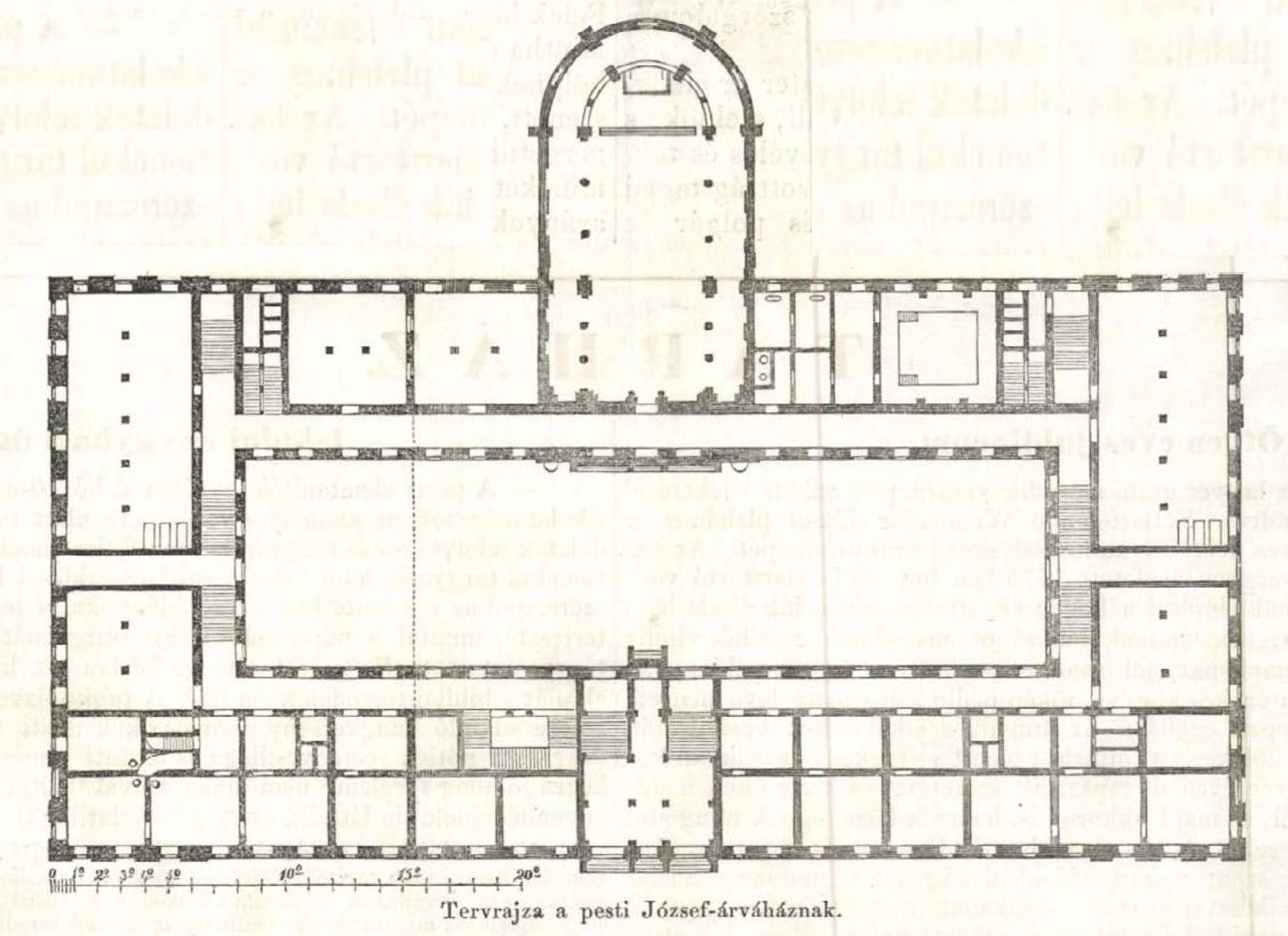
Floor plan of the original idea (Source: Vasárnapi Ujság 20 April 1856)
The plan then had to be modified, as the available money did not cover the large-scale idea, despite the fact that the craftsmen involved in the construction offered to waive part or all of their wages and the city of Pest added another HUF 12,000 to the construction fund in vain. When handed over on 19 March 1843, on the day of Joseph, the orphanage was one-third the size of what Pollack had originally dreamed of. The main facade did not face Üllői Road, but the then Gólya Street (now Bókay János Street), and the building had to be repaired several times in the coming decades due to its much simpler construction.
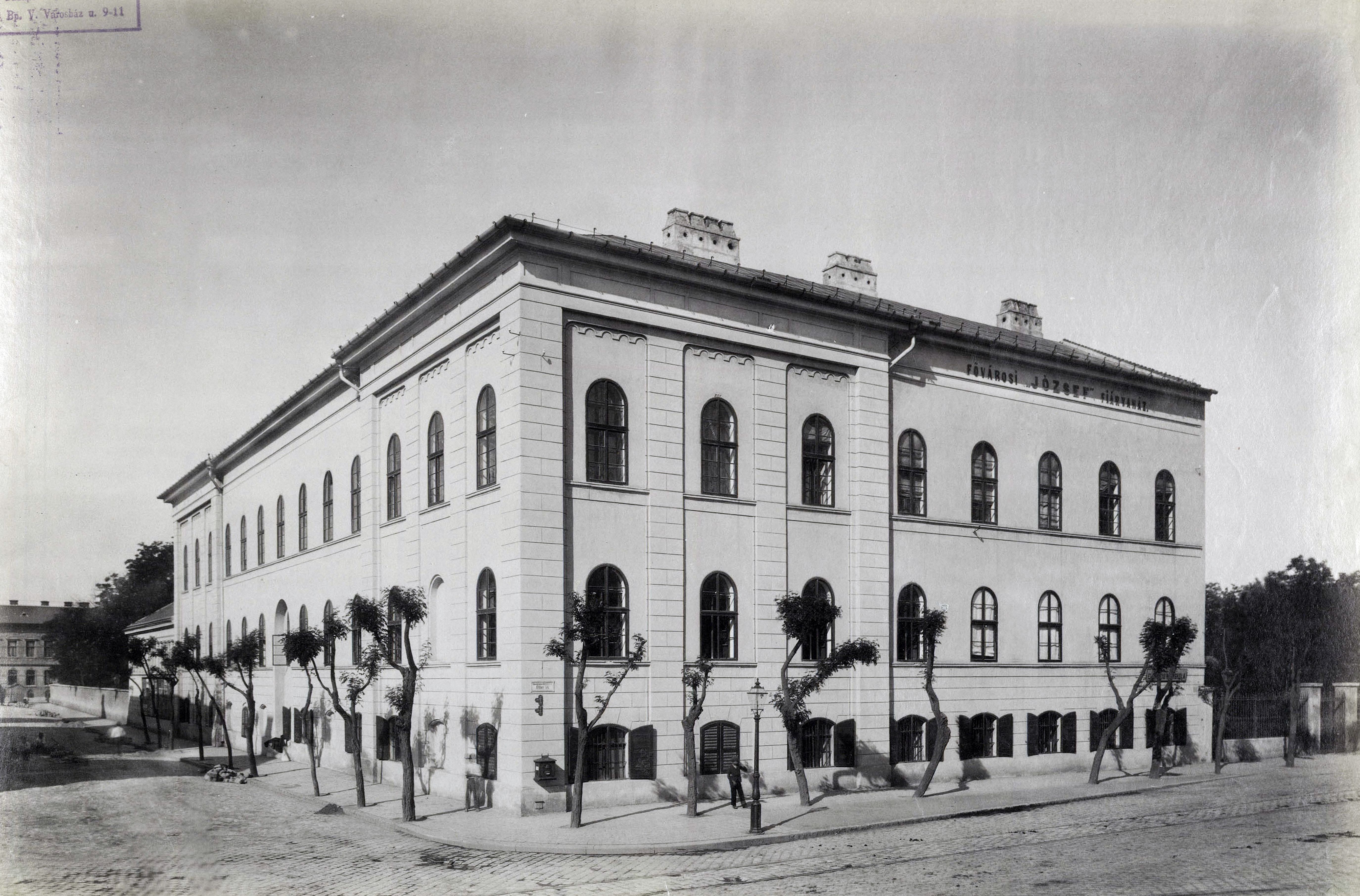
The Joseph Boys' Orphanage around 1900 (Photo: Fortepan / Budapest Archives. Reference No.: HU.BFL.XV.19.d.1.07.079)
Its capacity was also much smaller, 10 boys were placed there at the time of its opening, and in the 1850s it was suitable for teaching, feeding and accommodating 40 children. In addition to the orphanage, a one-story building used for a workshop was also available. Initially, three teachers ensured the continuity of education and two retired soldiers maintained order.
The children were given meals three times a day and were also provided with separate winter and summer uniforms. Although admission requirements were quite stringent (only boys born from a marriage over the age of 7 and under the age of 14 could apply), the number of applicants soon became so large that enlargement became essential. First in 1886 and then in 1909, the rear wing of the building was extended in such a way that it finally reached the middle of the plot.
In terms of floor plan, it resembled a letter U with its right-hand stem only half-drawn. The large-scale chapel was never built, in 1843 a room was built for this purpose, which was then relocated several times. An interesting imprint of the generous ideas was the belfry erected in the courtyard.
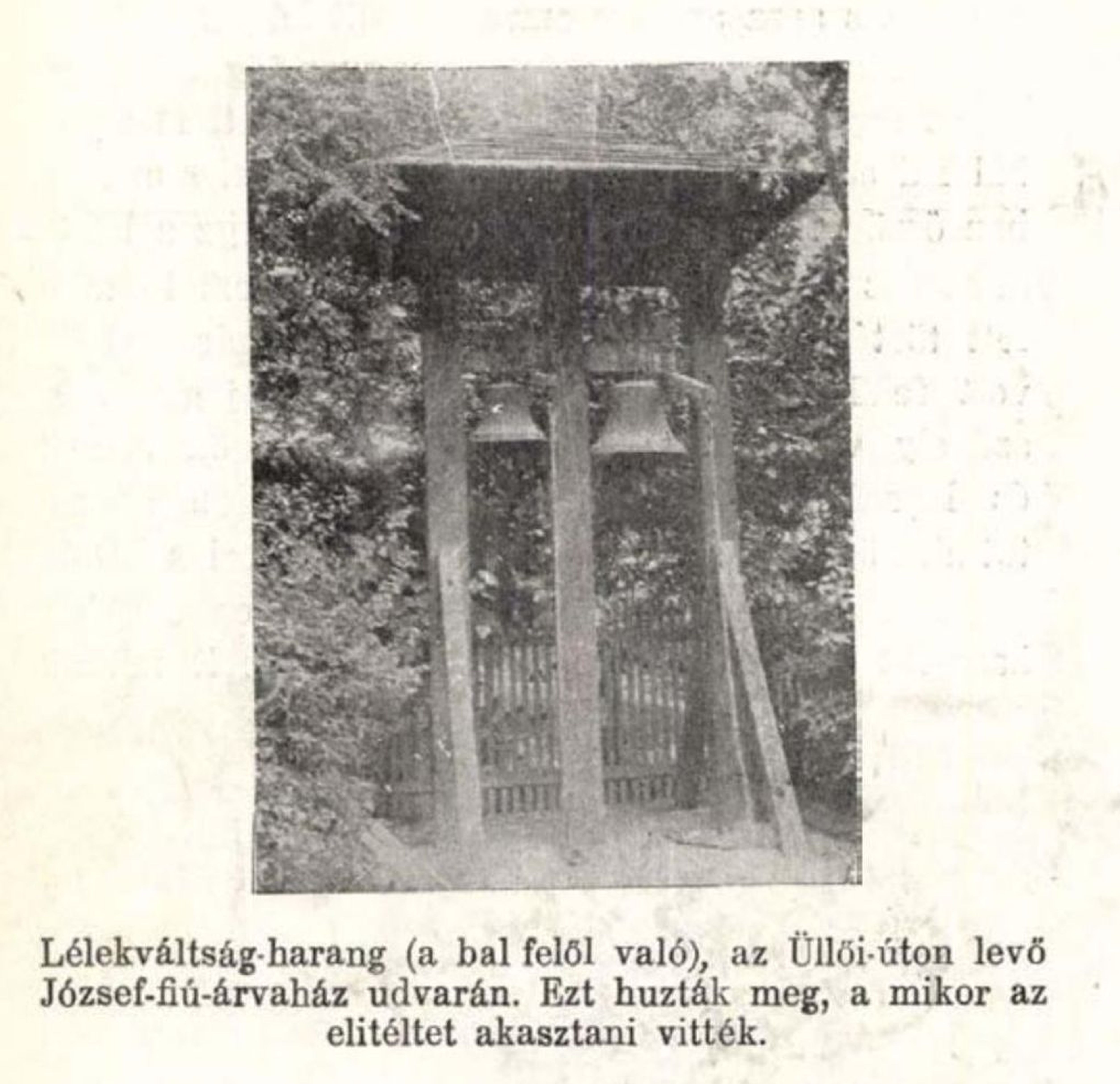
Two bells of the institute in the 30 June 1907 issue of Tolnai Világlapja, as an illustration of an article on those sentenced to death in the 1850s
By the turn of the century, the orphanage was home to about 150 boys who could learn various crafts after acquiring elementary school knowledge. Among the young people leaving the institution were shoemakers, bookbinders, confectioners, upholsterers, cobblers, bakers. There was also a civic school for better-educated students from 1901, and the most talented were also allowed to enroll in higher schools.
Josephinum also boasted several university graduates. Among them it is worth mentioning the name of Endre Liber, who was the chief notary of Budapest and then deputy mayor between 1931-36, or Tibor Horváth, who graduated as an archaeologist and art historian, and ran the Hopp Ferenc East Asian Museum until 1973.
.jpg)
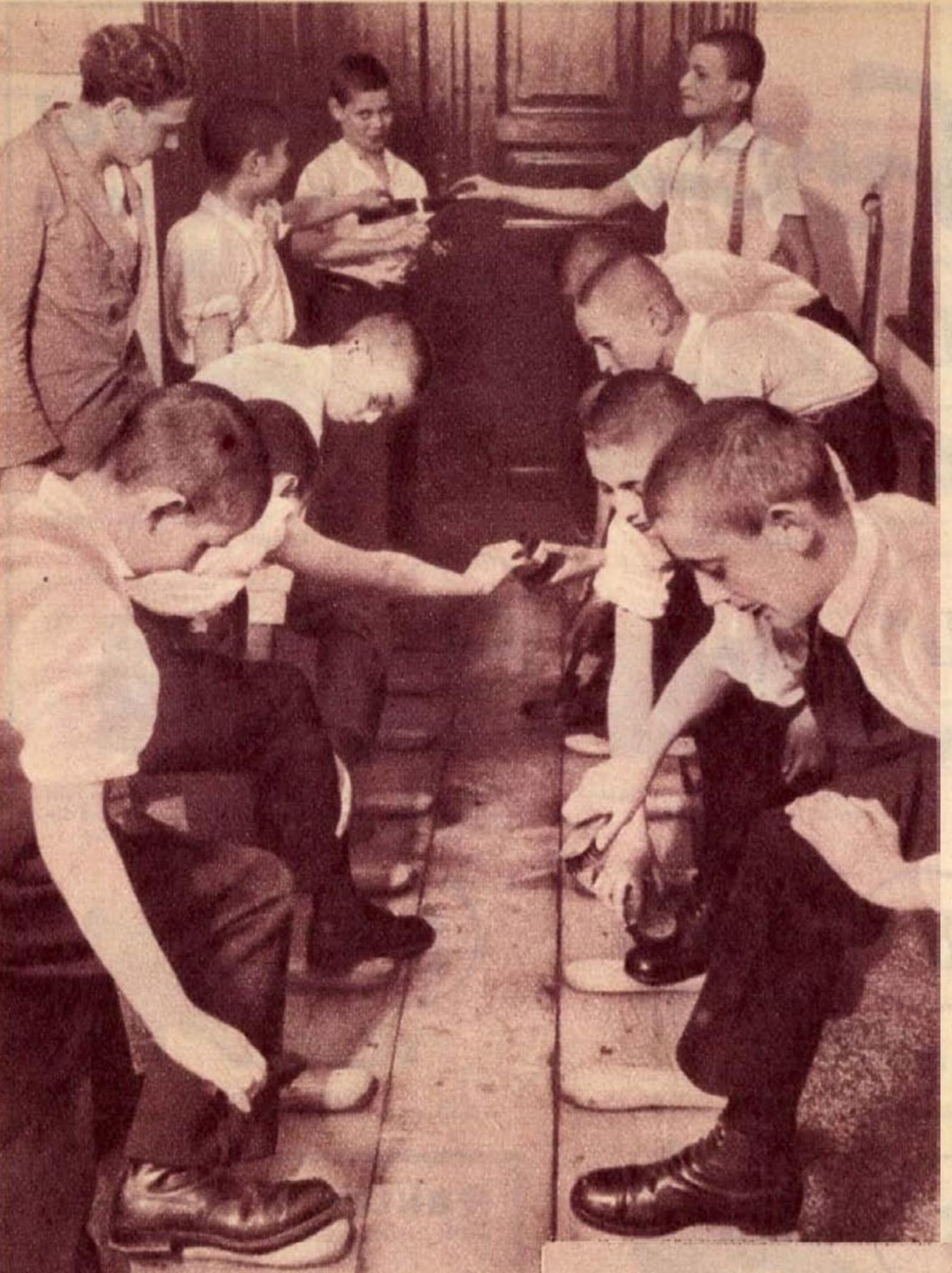
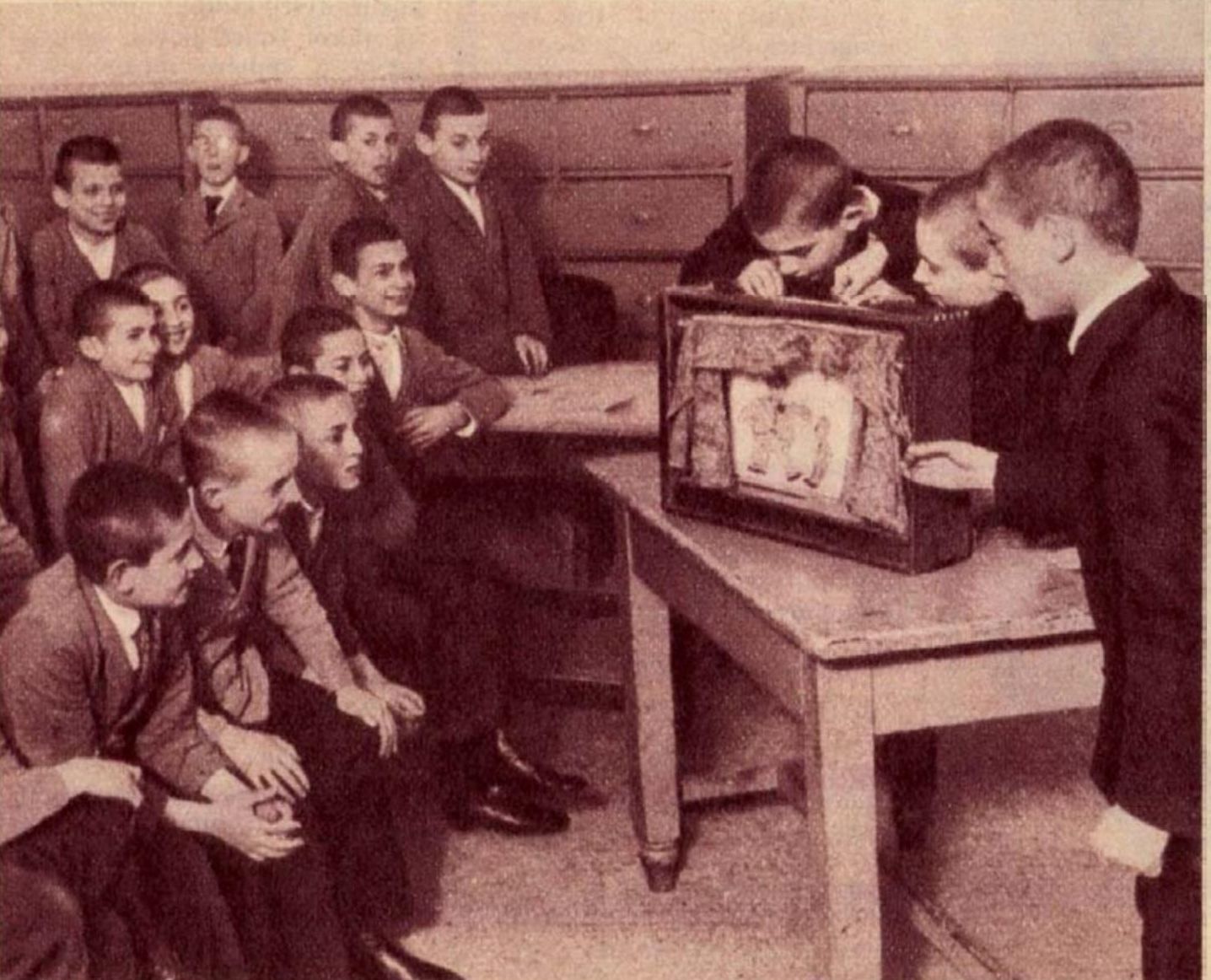
Scenes from the orphanage in the 2 May 1934 issue of Tolnai Világlapja
The building, despite occasional additions, was less and less able to accommodate the ever-increasing number of applicants. The management of the capital decided in 1917 to demolish the house and build a modern building at the back of the large plot, and to build tenement houses on the part facing Üllői Road. Architects Tivadar Kocsis and Gyula Káesz won the announced tender, but the preparation of the construction plans was prevented by the crisis after the World War.
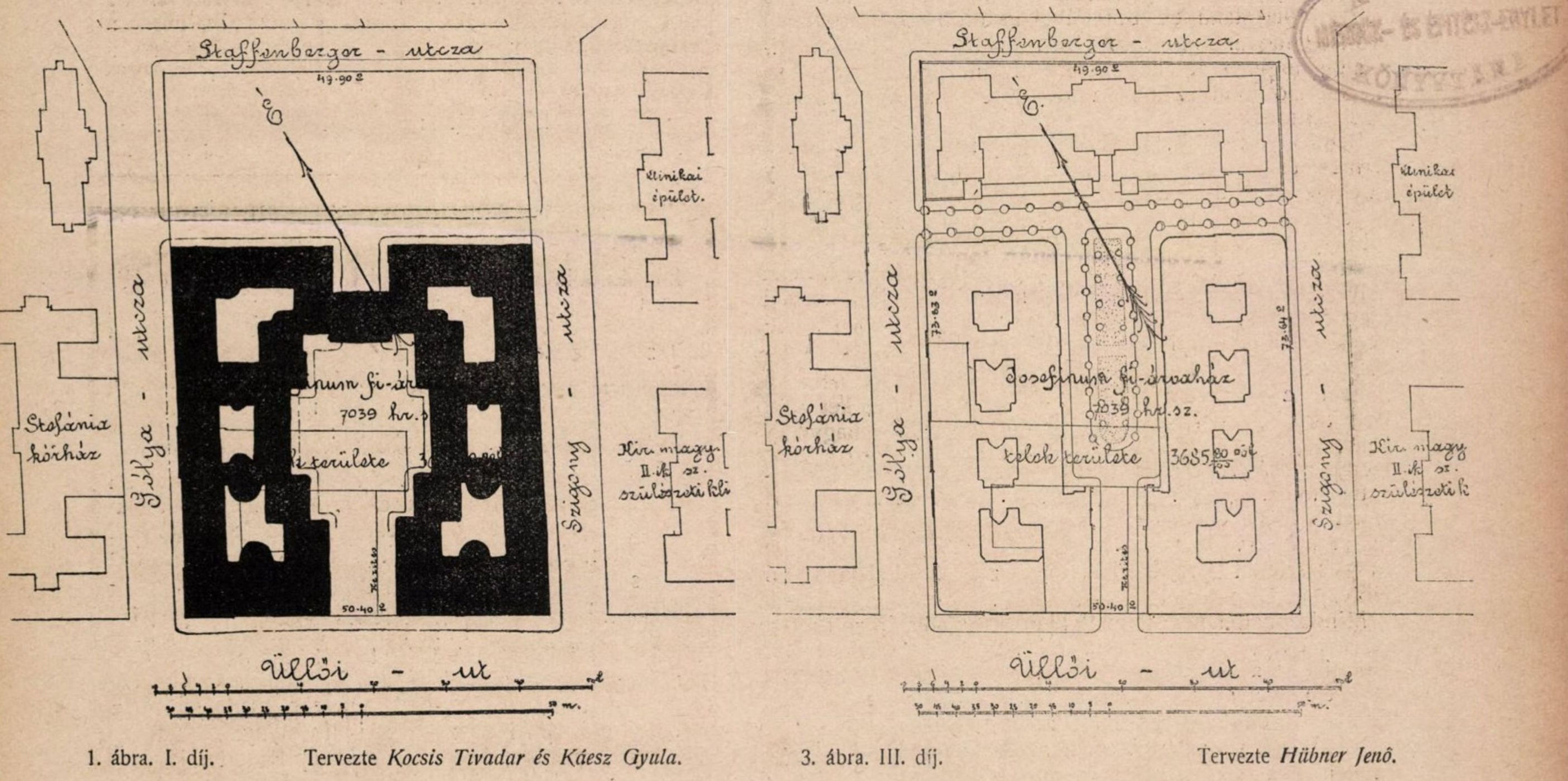
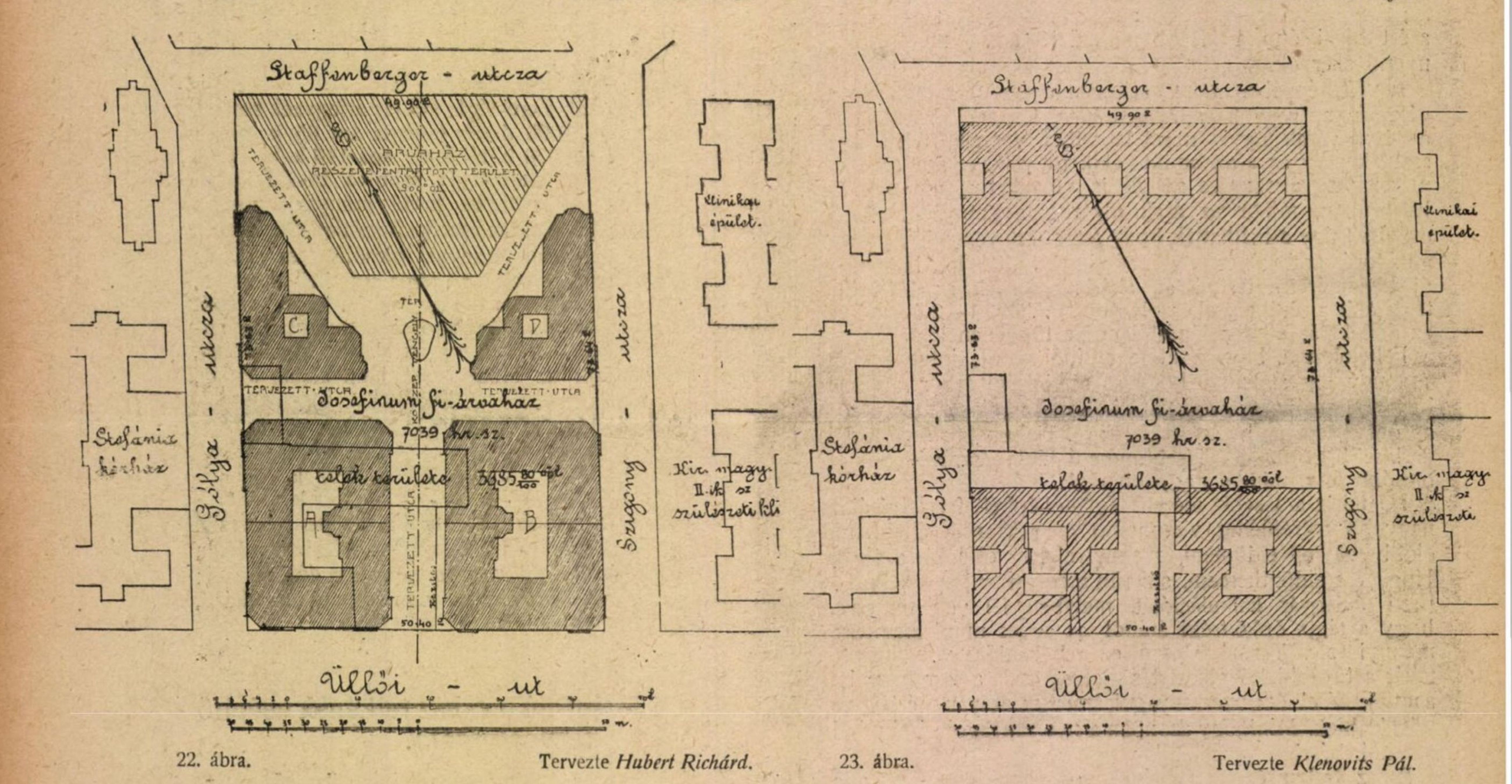
Plans for the orphanage-tenement house complex (Source: Építő Ipar - Építő Művészet 14 April 1918)
The orphanage thus survived, continued to operate, in 1948 it was renamed Vasvári Pál Boys' Home, and in the early 1950s Sallai Imre Construction Vocational School moved within the walls of the building. The earthquakes associated with the construction of the blue metro line under Üllői Road damaged it so much that in 1980 the capital demolished the wing of the original building overlooking Üllői Road.
What has remained provides place of operation for educational institutions, since 2003 Bárczi Géza Kindergarten, Primary School and Skills Development School has been located here. Now that the area between Szigony Street and Bókay Street is under construction again due to the metro renovation, the placement of a sign might not be too much of a financial burden, the memory of the first orphanage in Pest certainly deserves so much.
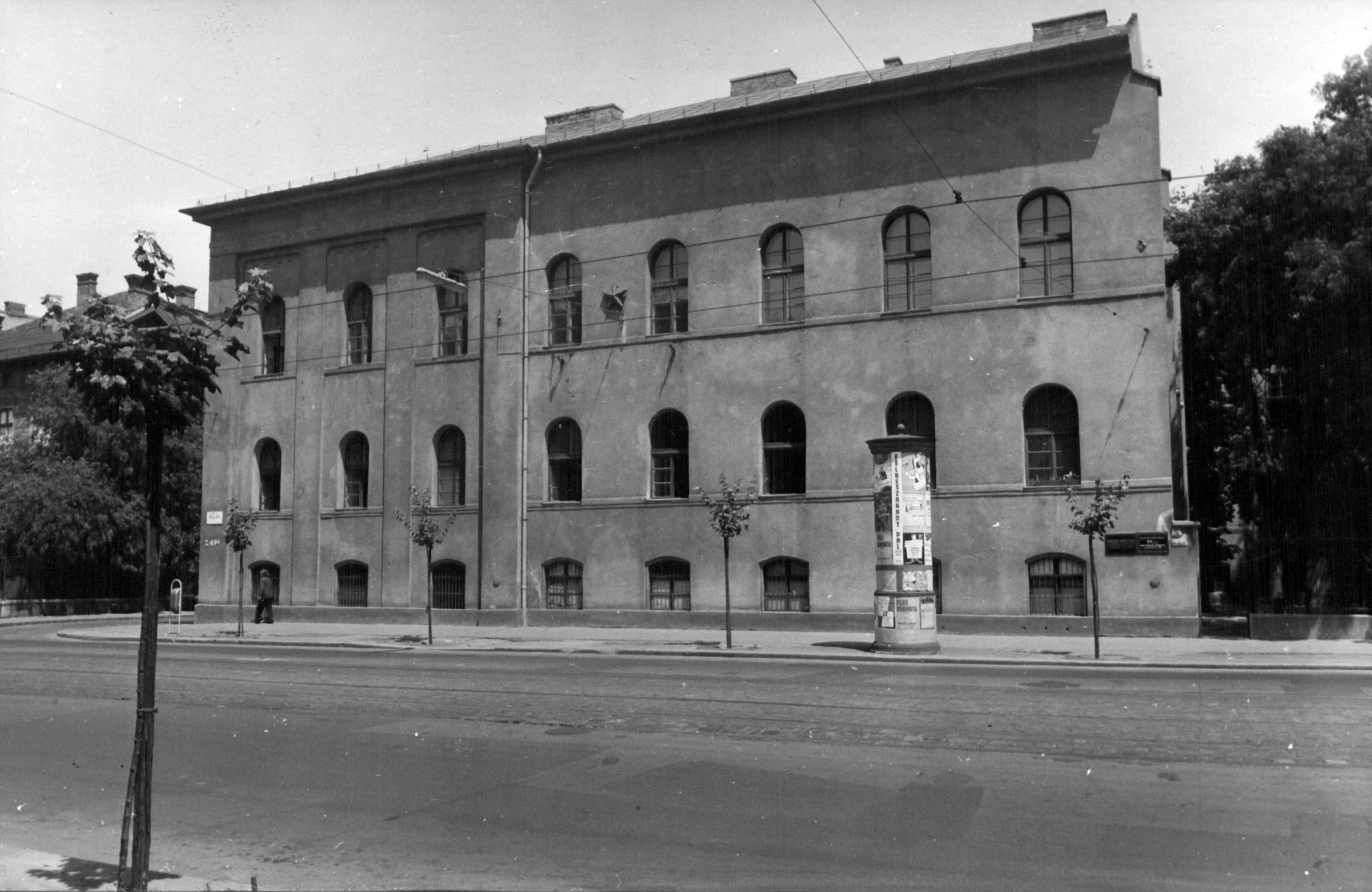
The building viewed from Üllői Road in 1961, this part was demolished in 1980 (Photo: Fortepan / Budapest Archives. Reference No.: HU_BFL_XV_19_c_11)
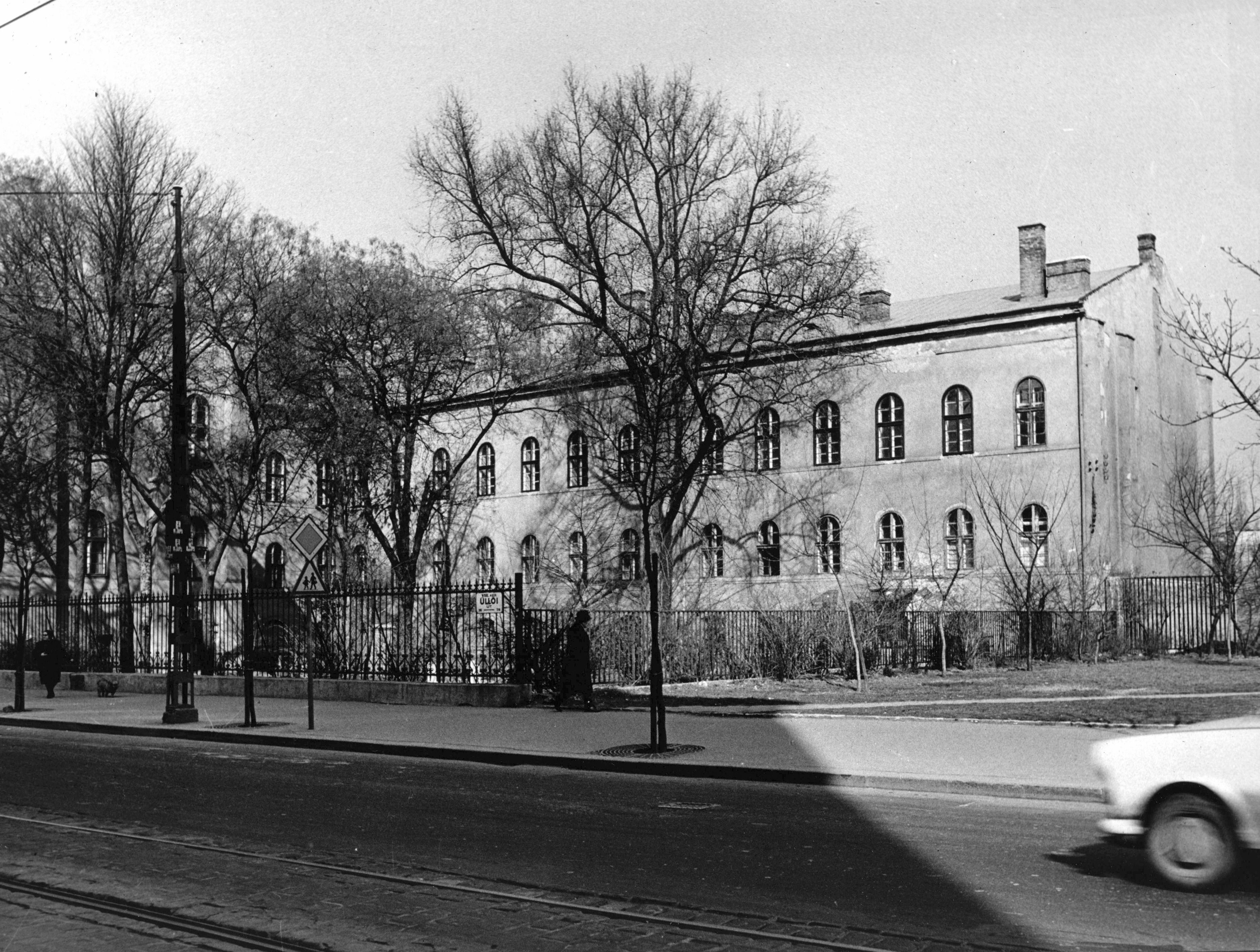
The remaining part of the building in 1973 (Photo: Fortepan / Budapest Archives. Reference No.: HU_BFL_XV_19_c_11)
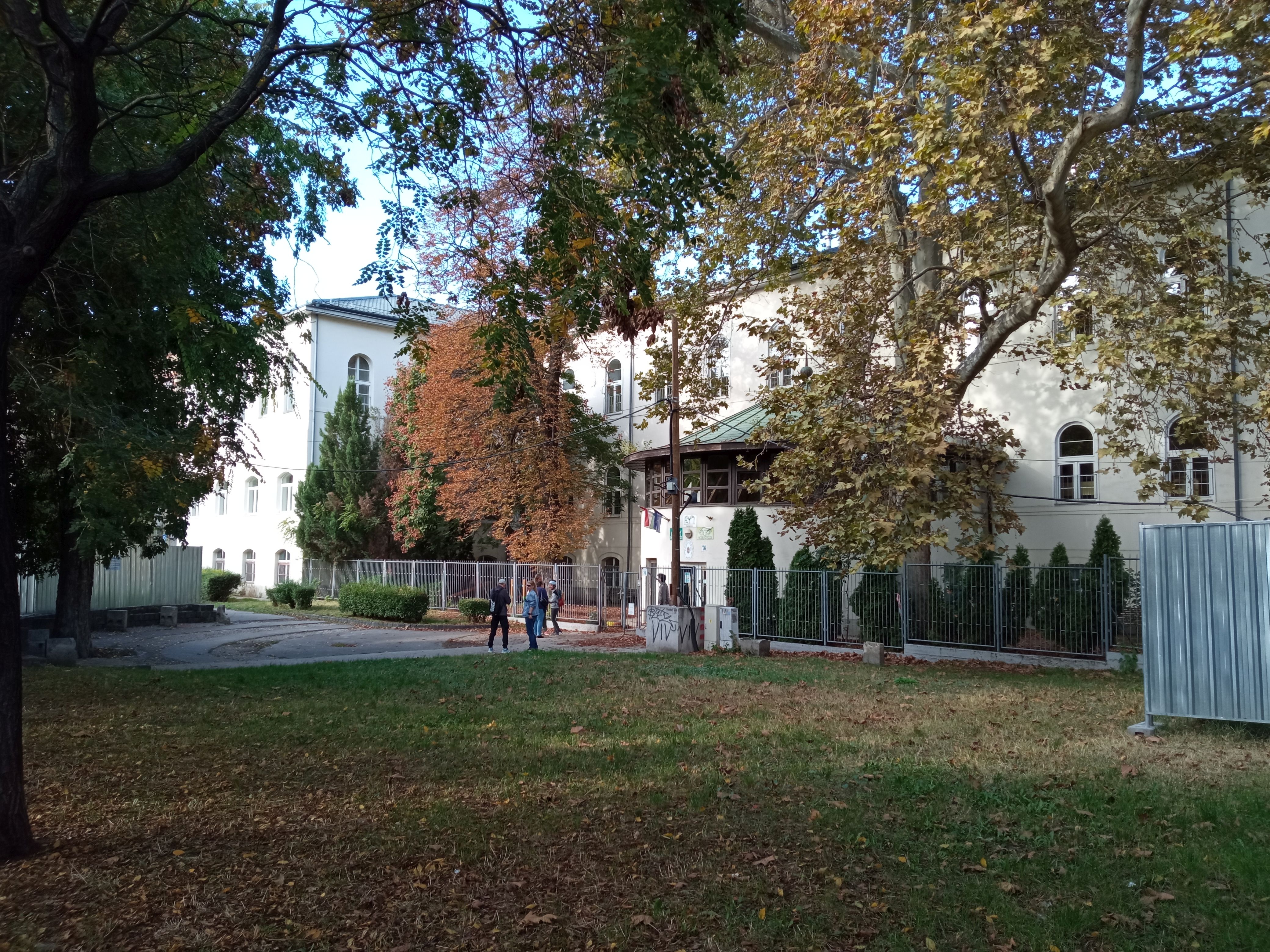
The remaining and renovated part of the building from Üllői Road in 2021 (Photo: Tímea Simon)
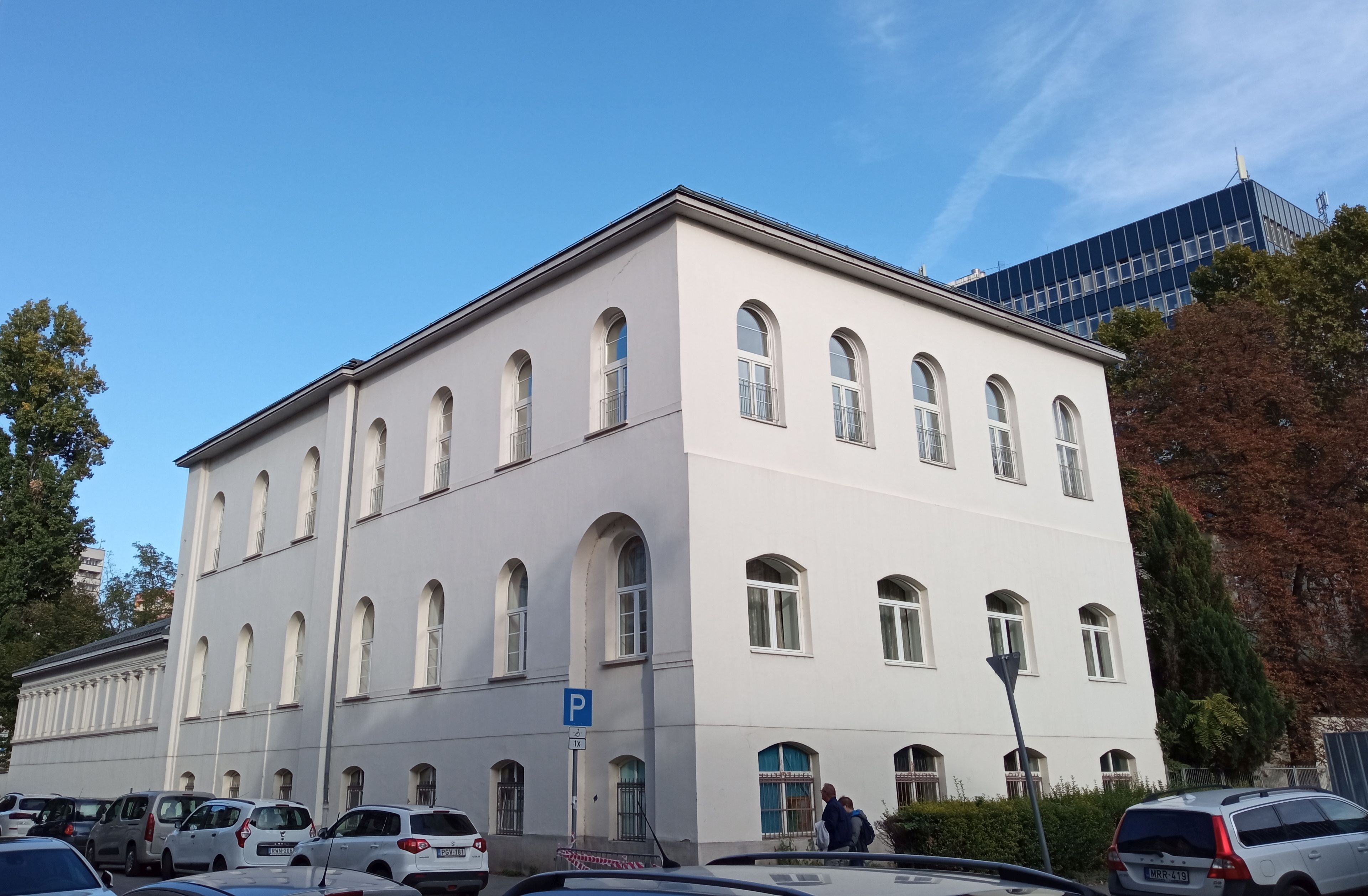
The remaining and renovated part of the building in Bókay János Street nowadays (Photo: Tímea Simon)
Cover photo: The Joseph Boys' Orphanage around 1900 (Photo: Fortepan / Budapest Archives. Reference No.: HU.BFL.XV.19.d.1.07.079

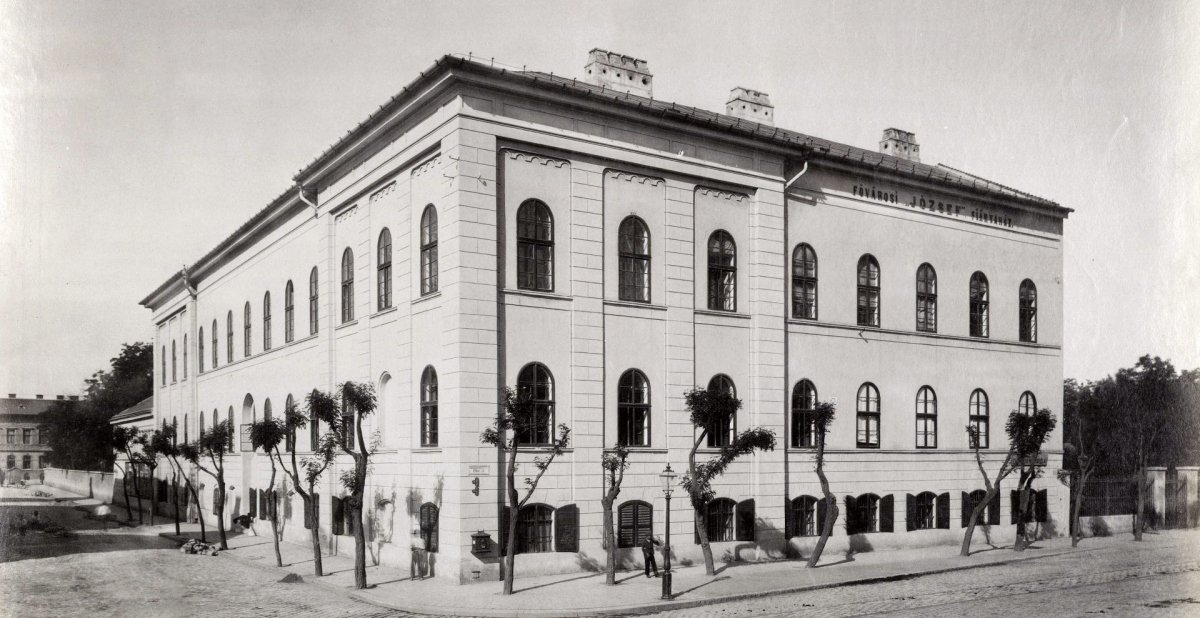



































Hozzászólások
Log in or register to comment!
Login Registration